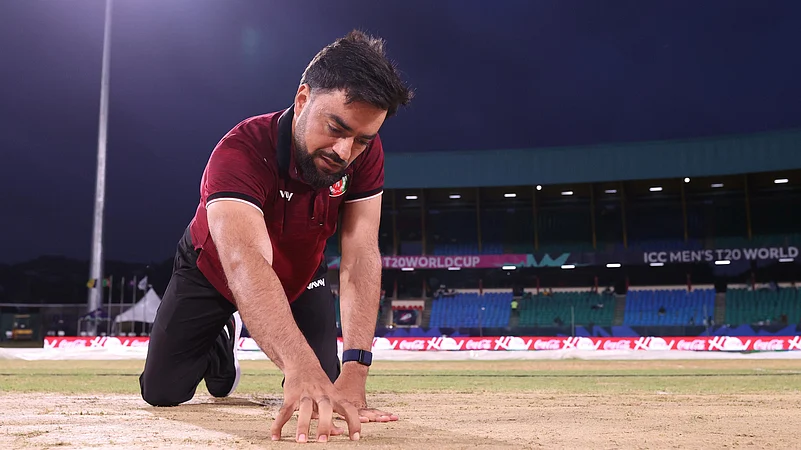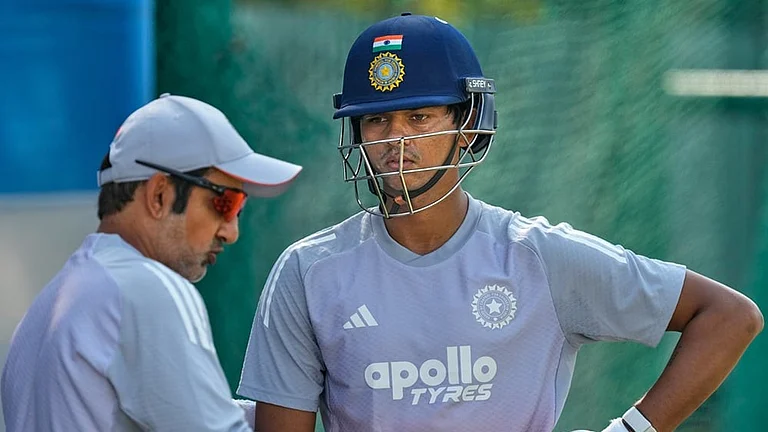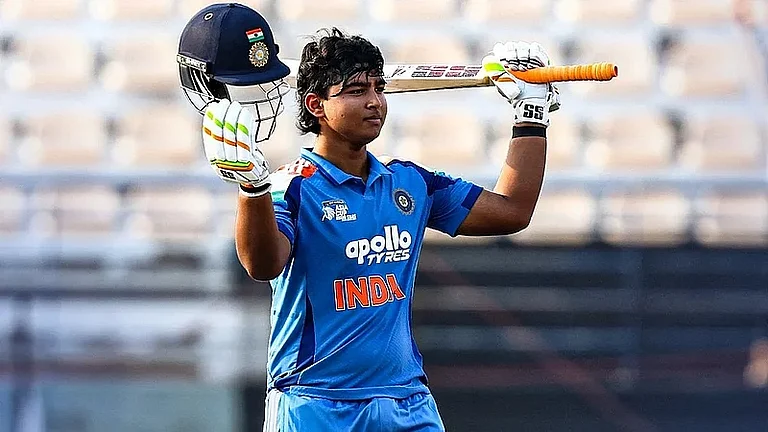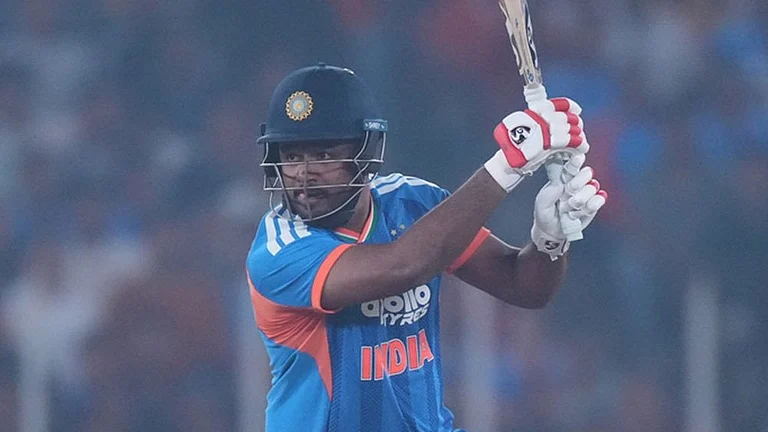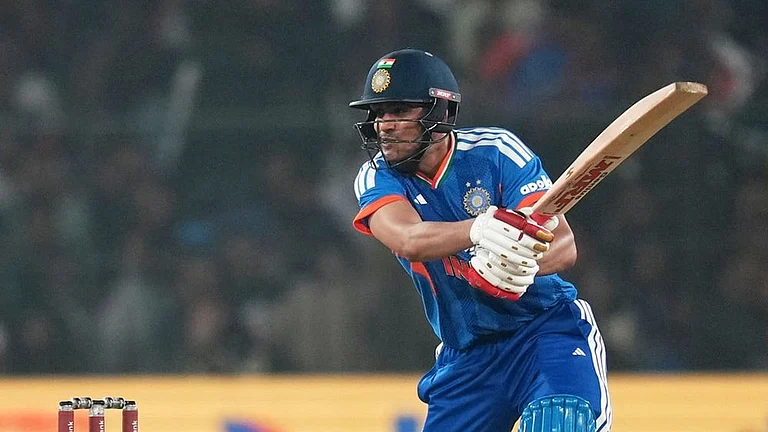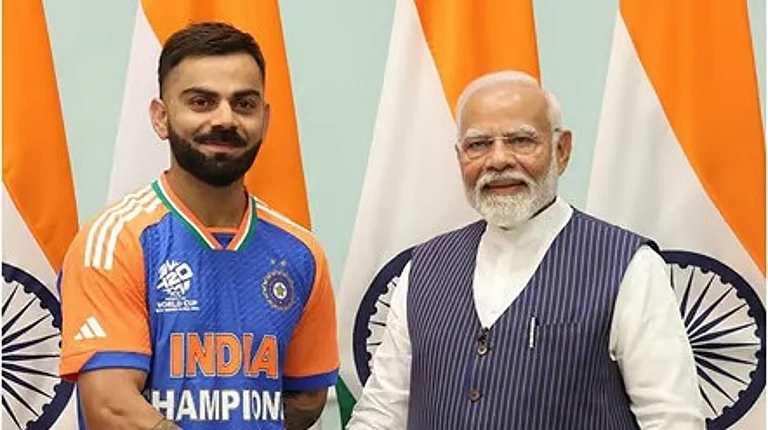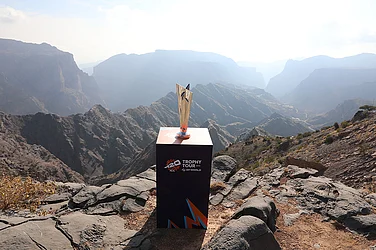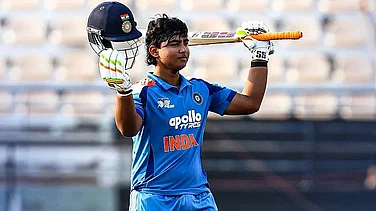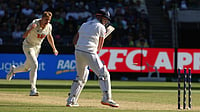The chief curator for the West Indies leg of the recently concluded T20 World Cup, Kent Crawfton, admitted to a misstep in pitch preparation for the crucial first semifinal between Afghanistan and South Africa. Crawfton revealed that the ground staff aimed to create a pitch with something for everyone - batters and bowlers alike - but conceded this effort backfired, according to a Cricbuzz report. (More Cricket News)
The T20 World Cup's first semifinal between Afghanistan and South Africa in Trinidad saw a pitch nightmare for batters, according to a Cricbuzz report. Crawfton, the chief curator for the West Indies leg, took responsibility, admitting the pitch "was not adequately prepared."
He explained the ground staff aimed for balance, but "the preparation programme was not carried out as planned." This resulted in a "cracked surface causing too much variation in pace, bounce, and sideways movement."
Crawfton admitted that the intention was to "produce good cricket pitches" with challenges for bowlers, but this goal fell short.
Afghanistan's dream run in the T20 World Cup ended in a whimper as they were skittled for a mere 56 in the semifinals, the lowest ever recorded in this stage of the tournament. South Africa chased down the paltry target in under nine overs to win by a massive nine wickets.
Former England fast bowler Stephen Finn wasn't impressed with the pitch, calling it a "disaster" for a T20 match on BBC Test Match Special. He acknowledged it might have been interesting for a Test match on the final day, but for a fast-paced T20 game, it was simply "not up to scratch."
Afghanistan coach Jonathan Trott didn't hold back his criticism of the pitch after their World Cup semifinal defeat.
"Look," Trott began, "I don't want to cause any trouble, and I certainly don't want to seem bitter, but that pitch was simply not what you expect for a World Cup semifinal. It needs to be a fair contest for both sides."
Trott clarified his position. "I'm not saying it should be a flat wicket with no challenge for the bowlers. But batsmen shouldn't be constantly worried about getting their heads knocked off just trying to score runs."
Crawfton delved deeper into the problems with the pitch used in the first semifinal. He acknowledged "a number of cracks" and admitted "pre-preparation wasn't done according to our plan."
Crawfton also explained that they were "a little too ambitious" when they finally began preparing the pitch.
He further addressed concerns about the overall pitch conditions in the West Indies, attributing some of the issues to unusual weather patterns. Crawfton mentioned "a very strange weather pattern in April, even March-April" with extreme heat and dryness across some Caribbean islands.
However, he assured listeners that the ground staff "went for that period as strongly as we could" to manage these challenges.
He added, "All the venues we put in the work that was needed in terms of rehabilitating our squares and getting them up to scratch. And I think generally we were quite ready. Certain things didn't work according to plan. Based on what I would see could have been the management of our squares during that long period. I think it was one of our shortcomings."
Crafton also talked about the issue of some surfaces having grass cover while a pitch like the one at the Kensington Oval in Barbados, which hosted the final, had a brownish look.
Curator says they overdid it with covers, drying out the pitch and causing problems. Greener pitches held up better.
The recently concluded 55-match World Cup spanned 29 days and even ventured into the US, hosting 16 first-round games across New York (8 games), Dallas, and Florida. Notably, New York utilized "drop-in" pitches for their portion, a surface unfamiliar to curator Crawfton.
These unfamiliar pitches, he admitted, contributed to batting difficulties in those 8 New York games.
The curator, couldn't comment much on the New York pitches since he wasn't there. He saw pictures of them being built in Florida and they looked good. However, the grass used in the US might have been different from the Caribbean pitches, which could've affected batting. Crawfton believes the pitches themselves (being drop-in) wouldn't have been the issue.






